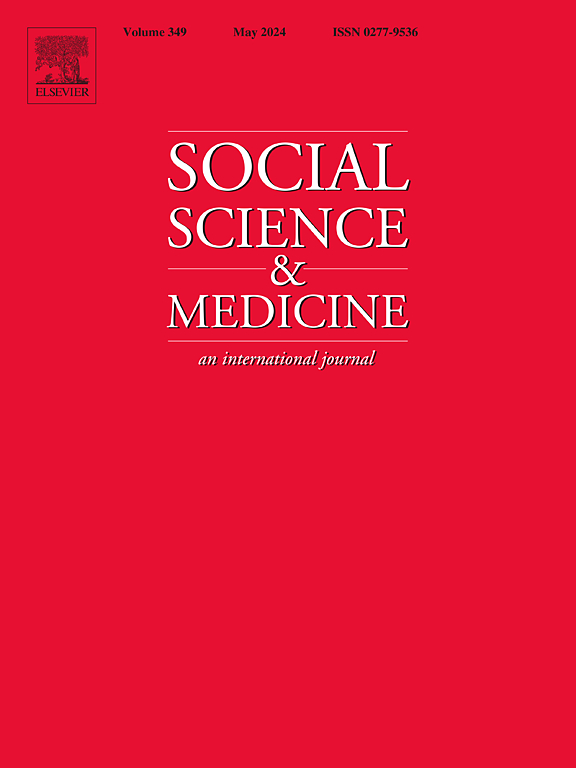“It does help but there's a limit …”: Young people's perspectives on policies to manage hot food takeaways opening near schools
IF 4.9
2区 医学
Q1 PUBLIC, ENVIRONMENTAL & OCCUPATIONAL HEALTH
引用次数: 0
Abstract
Background
Local authorities (LAs) in England are increasingly using the planning system to manage the proliferation of hot food takeaway outlets (‘takeaways’) near schools as part of a range of policies to promote healthy weight in children. These takeaway ‘management zones’ include restrictions on planning permission to open new takeaways within a certain distance of schools. In this qualitative study we explore young people's perspectives of management zones.
Methods
We purposively recruited 46 young people (aged 11–18 years) attending secondary school across two London LAs with operating management zones. We conducted semi-structured, walking group (“go-along”) interviews in January–February 2023 in the local food environment close to participants’ schools. We analysed data using framework analysis.
Results
Participants generally viewed management zones as reasonable and uncontroversial but were not always aware that management zones were in operation. Although participants understood that management zones prevented new outlets from opening, they observed they did not seem to reduce existing provision. This was viewed positively as it did not result in the closure of local takeaways perceived as important components of the social fabric of school life. Participants believed that the potential health impact of management zones is limited by their exclusive focus on takeaways as other food retail commonly patronised by young people, such as convenience stores, are important sources of unhealthy food. Participants also identified inadequacies in the wider food environment, including the school dining environment and access to food delivery apps.
Conclusions
Our findings suggest that although young people find management zones acceptable and believe they have some positive impact on diet, they did not perceive management zones as effective as they could be. Participants articulated that the management of takeaways on their own is unlikely to reduce exposure to unhealthy foods. Widening the remit of planning policy to include outlets selling convenience foods may be important for policy optimisation.
求助全文
约1分钟内获得全文
求助全文
来源期刊

Social Science & Medicine
PUBLIC, ENVIRONMENTAL & OCCUPATIONAL HEALTH-
CiteScore
9.10
自引率
5.60%
发文量
762
审稿时长
38 days
期刊介绍:
Social Science & Medicine provides an international and interdisciplinary forum for the dissemination of social science research on health. We publish original research articles (both empirical and theoretical), reviews, position papers and commentaries on health issues, to inform current research, policy and practice in all areas of common interest to social scientists, health practitioners, and policy makers. The journal publishes material relevant to any aspect of health from a wide range of social science disciplines (anthropology, economics, epidemiology, geography, policy, psychology, and sociology), and material relevant to the social sciences from any of the professions concerned with physical and mental health, health care, clinical practice, and health policy and organization. We encourage material which is of general interest to an international readership.
 求助内容:
求助内容: 应助结果提醒方式:
应助结果提醒方式:


